Musical flair: celebrating Africa’s amazing and diverse heritage in music
Many of us have heard of the djembé, but the continent’s rich variety of instruments goes far beyond this famous goblet drum, and can be experienced at the upcoming World Cultures Festival in Hong Kong
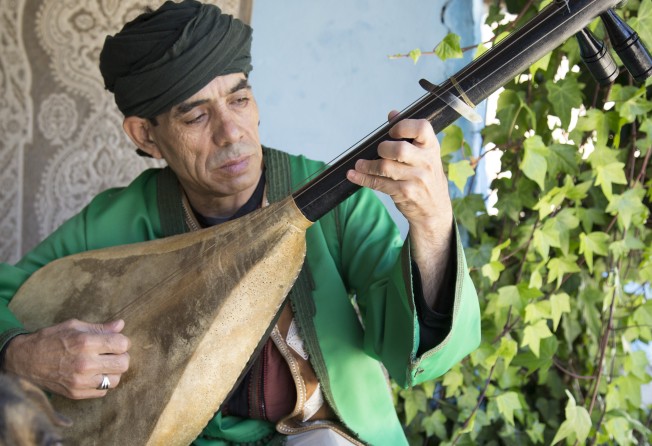
From dundun drums and kora harps to ngoni guitars and ghaita flutes, Africa’s musical instrument heritage is as fascinating and diverse as the continent itself. The role of these and other instruments – some simple, others intricate – goes beyond the entertainment factor. Most of them play a fundamental role in local storytelling traditions, cultural rites and official ceremonies.
Mountains to mainstream
One instrument that speaks most to people’s imagination is the North African ghaita, which is commonly associated with snake charmers. The Master Musicians of Jajouka led by Bachir Attar prove that there is much more to this double-reeded flute than its ability to lure hissing reptiles out of their baskets.
Hailing from a remote village in northern Morocco, male Jajouka musicians have been passing on their sacred Sufi trance music tradition to their sons and grandsons since the 15th century. In the 1950s, however, the music spread beyond Morocco’s Rif Mountains when the musicians encountered American Beat-generation writer Paul Bowles and Canadian artist Brion Gysin.
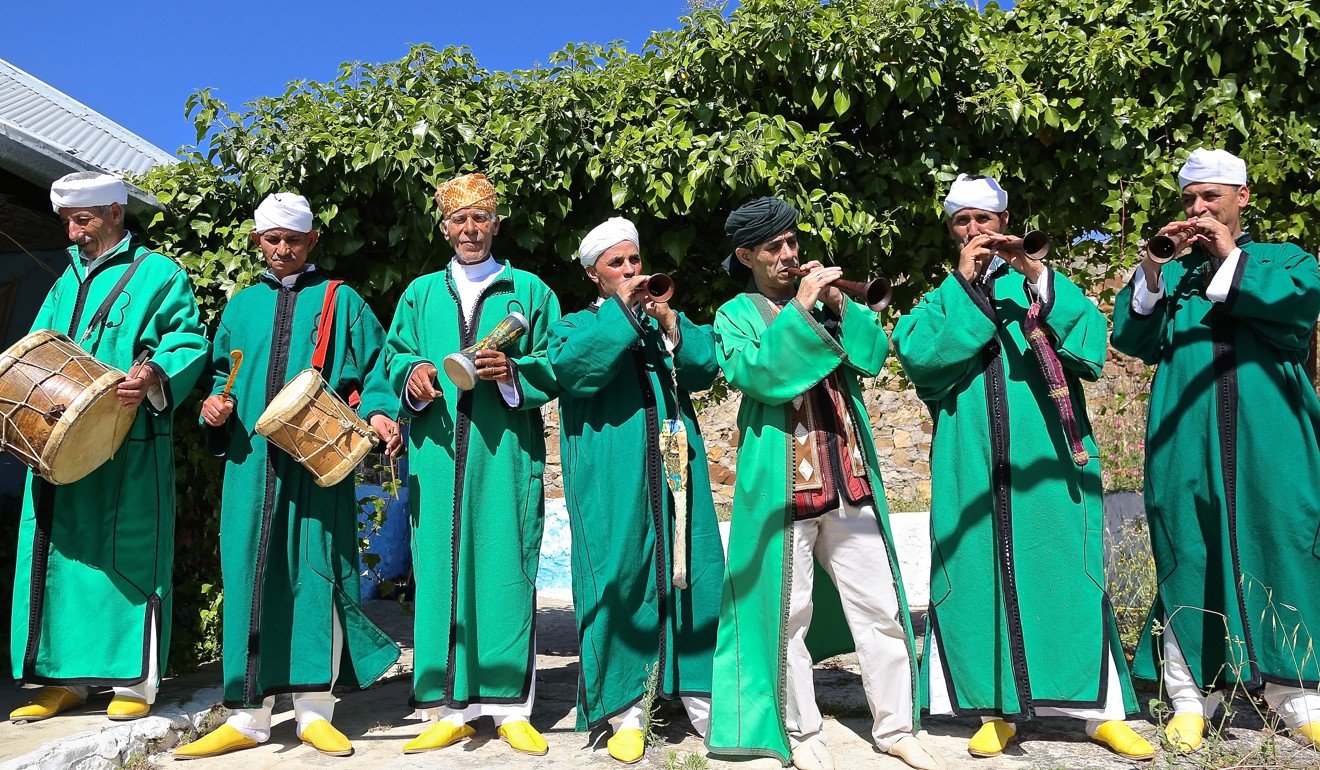
Slowly but surely, the group spread its musical wings, leading to multiple collaborations with various Western artists, including late Rolling Stones guitarist Brian Jones. Jones produced the Masters’ first album before his death in 1969. Seven albums have been released since, of which millions of copies have been sold across the globe, from the United States and Australia to Europe and Hong Kong – where The Masters of Jajouka will perform at the World Cultures Festival on November 11.
Breaking tradition
Besides the ghaita, the West African kora, a 21-string guitar-like harp comprising half a calabash covered with cowskin as its resonator, is another influential instrument. While European harps are associated with women, koras have traditionally always been played by men belonging to griot families.
Sona Jobarteh from The Gambia in West Africa is shaking things up. As a multi-disciplined vocalist, musician and composer, she broke away from tradition by venturing into the ancient, male-dominated hereditary kora tradition.
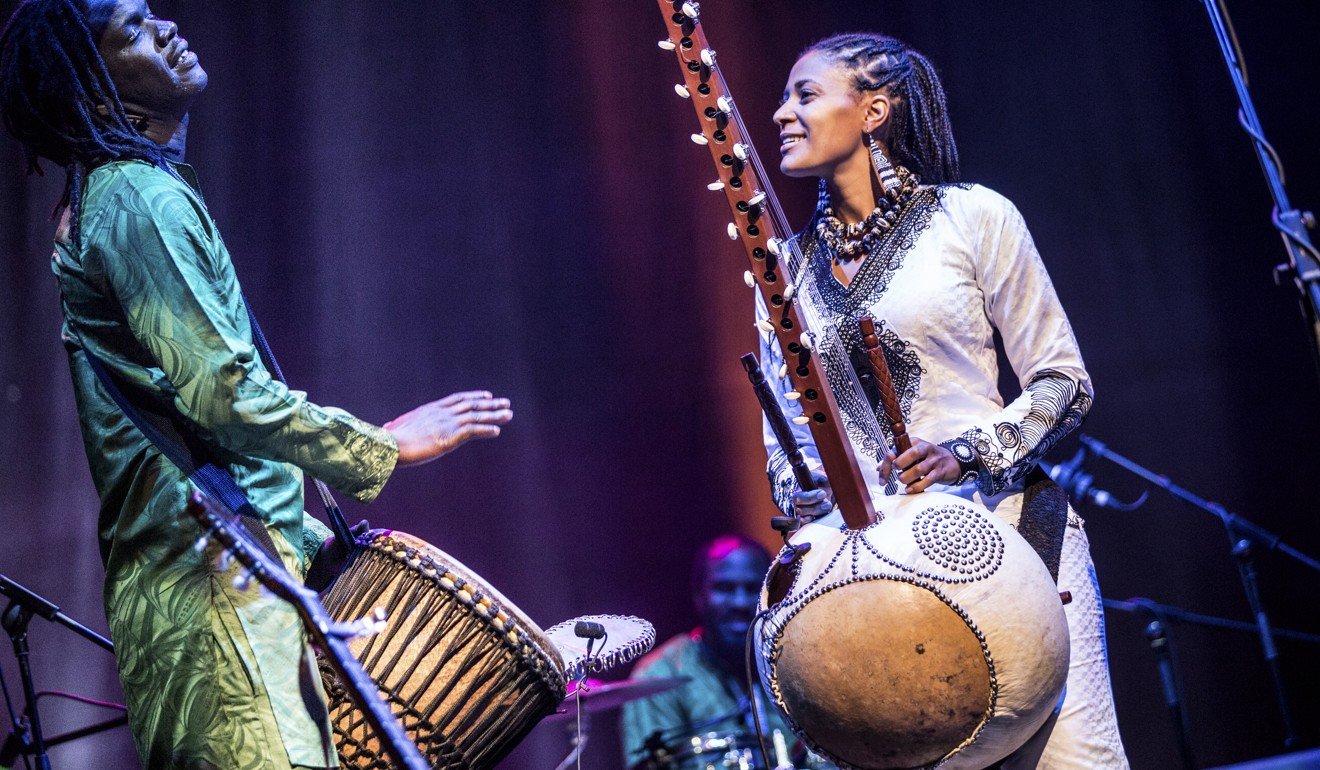
“I started making noise on it [the kora] when I was young. My brother was the first one to teach me. In my teens, I decided I wanted to do this professionally,” Jobarteh said in a recent interview with Dutch broadcasting company VPRO, adding that her brother’s help was invaluable. “He was very supportive, not because I was a woman [wanting to play the kora] but because I was always with him.”
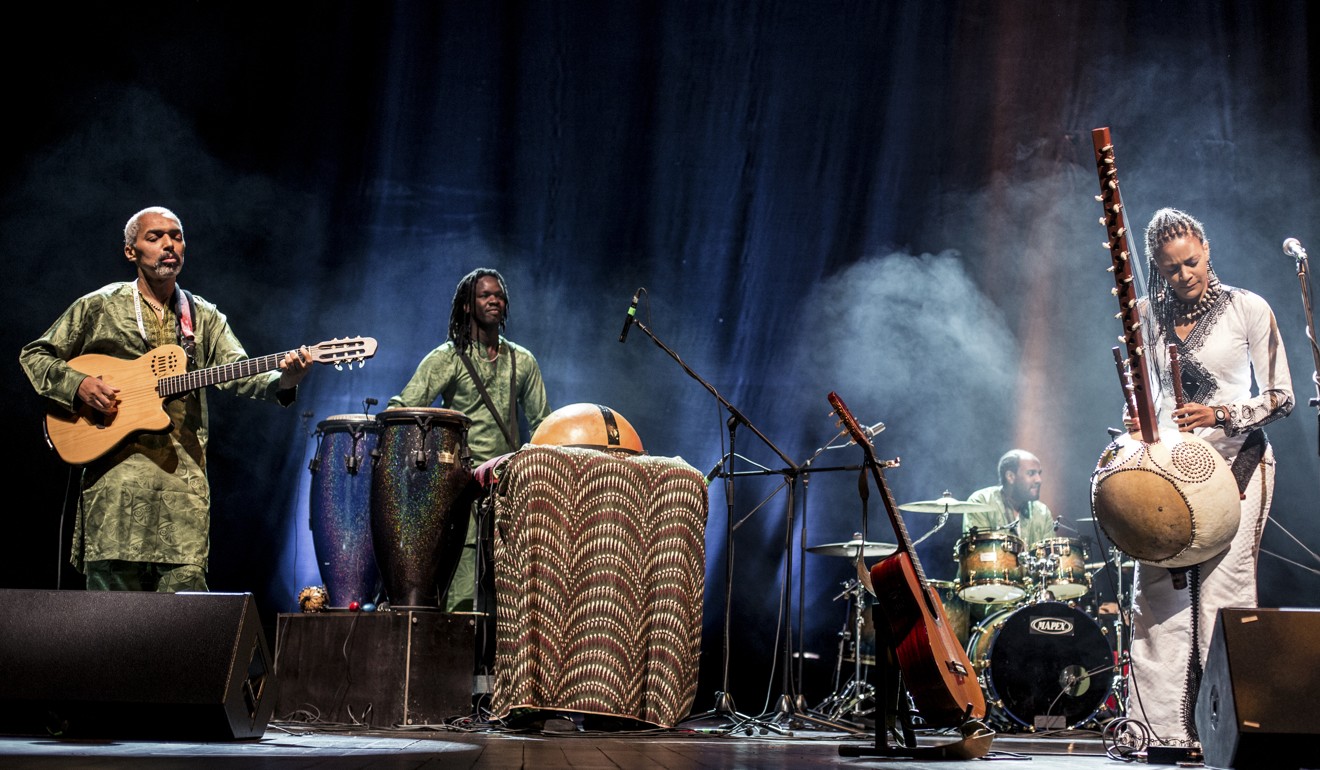
Playing the kora takes a lot of time, Jobarteh added in the interview. “The music is an oral tradition, meaning it is not written. You need to learn everything by ear, by memory and that takes many years of studying with your elders to absorb the traditions, repertoires, and the meaning and history of the songs,” said the musician, who will perform at the World Cultures Festival on November 9-10. Jobarteh added that the kora means everything to her. “It is my heart, my soul. I can express myself freely on it, unlike all the other instruments I play.”
Storytelling is a performance
When talking about African instruments, one can’t ignore the drum, which exists in all shapes, sizes, and colours depending on the region. In West Africa, for instance, masquerades use them when playing for chiefs and kings and celebrating events including births, weddings, and deaths – often used in conjunction with other forms of artistic expression. As author and teacher Ayodele Olofintuade from Nigeria, who specialises in the performing arts, says: “Storytelling is a performance, with music, song, and dance.”

One of Africa’s most celebrated drumming ensembles is DAFRA Drum, a multicultural troupe of dancers and percussionists from Burkina Faso, Guinea, Mali, Senegal, and Côte d’Ivoire.
The troupe’s celebrated performance Tlé, meaning “sun” in the Jula language, is directed by Burkina Faso’s award-winning choreographer Olivier Tarpaga.
The piece has travelled the world since 2015, sweeping people off their feet and taking them on an unforgettable musical journey using djembés, koras, balafons (wooden xylophone), ngonis (string instruments made of wood or calabash), dunduns (closed double-headed cylindrical wooden drums with a laced membrane), and talking drums.
The latter drum variety is shaped like an hourglass and has two heads, interconnected by leather tension cords, which regulate pitches to mimic the tone of human speech.
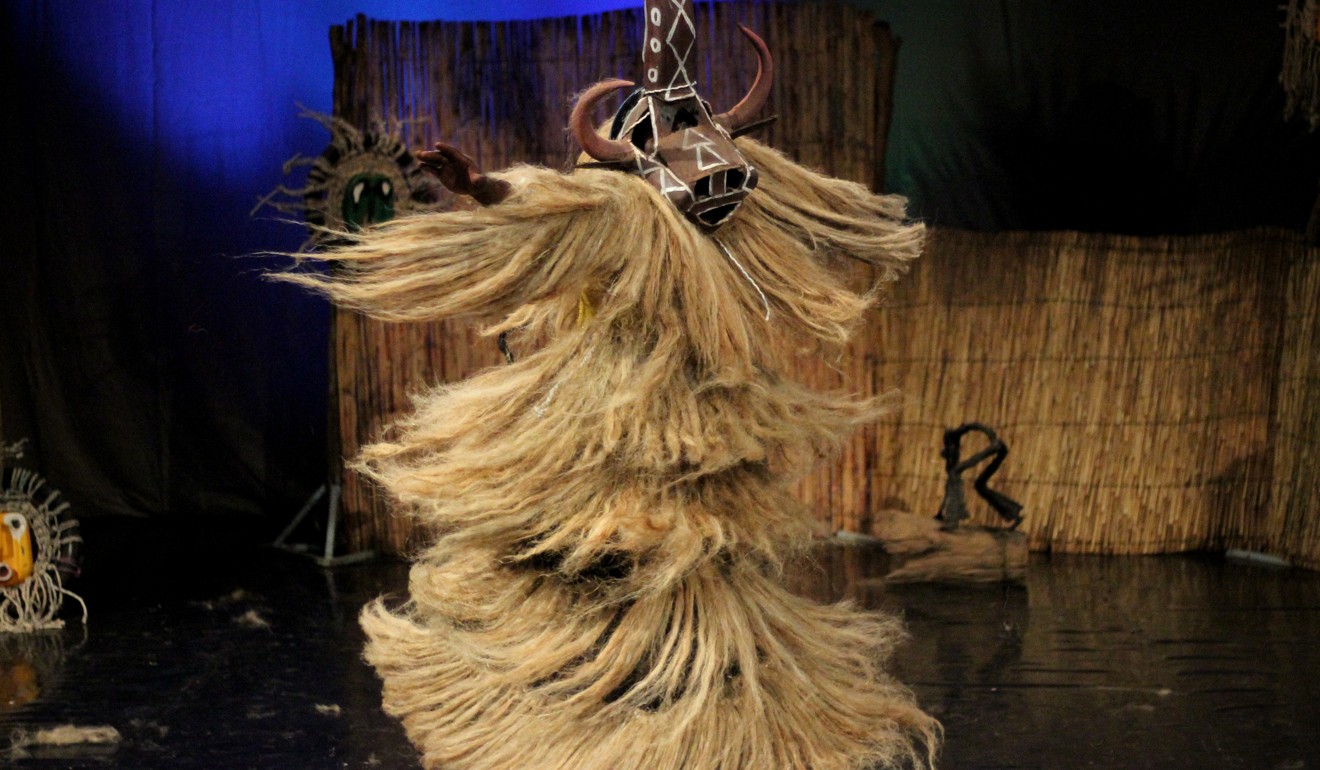
Tlé, unsurprisingly, features on the agenda of the World Cultures Festival, which kicks off tomorrow. “In this spectacular dance, the diversity of Africa’s rich choreographic heritage is on show, along with vivacious live music,” the organisers describe the performance, which will be on show on November 10 and 12. “Tlé powerfully combines the energy and precision of Burkina Faso’s leading dancers, interweaving joyful rhythms and dynamic routines with traditional wrestling, griot singing, and dancing with sacred masks.”